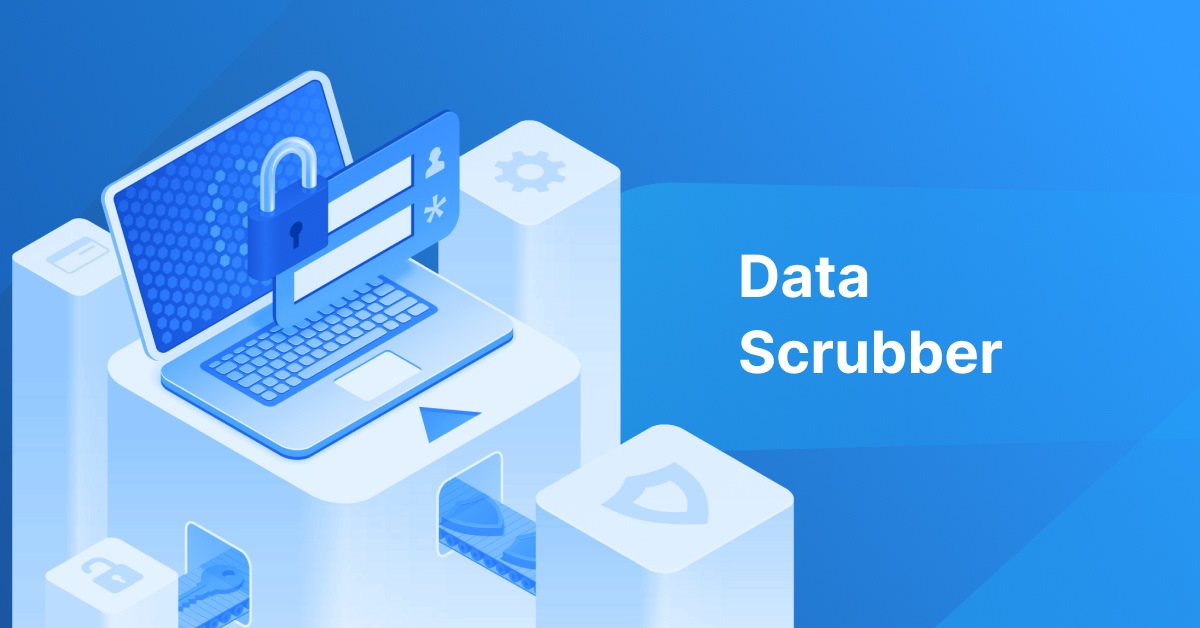How Buckhill Utilizes in-house developed Machine Learning Data Scrubber for Comprehensive Database Anonymization and Compliance

February 12th, 2024
3 minutes to read
United Kingdom
Croatia
Products
Services
Contact us 8am - 6pm GMT (Mon-Fri)

February 12th, 2024
3 minutes to read
In an intricate landscape of interconnected systems and databases, the importance of data protection and anonymization of Personally Identifiable Information (PII) has never been more critical.
At Buckhill, we take a proactive approach to data protection, that not only prioritizes privacy but upholds the integrity of information. We successfully manage and achieve this approach with our robust Machine Learning powered Data Scrubber toolset. This Python 3 based project ensures the anonymization of personally identifiable information (PII) within databases we manage, promoting a secure environment for handling sensitive data.
With the Data Scrubber tooling, we can scrub any database at scale; ensuring our commitment to extensive protection of our clients’ information, adhering to the EU’s General Data Protection Regulation (GDPR), as well as our commitment to compliance.
Navigating the EU’s GDPR: Pseudonymised data
Pseudonymised data, as defined under EU law, involves processing personal data in a manner that prevents attribution to a specific data subject without the use of additional information. This additional information must be kept separately and be subject to technical and organizational measures ensuring that the personal data cannot be linked to an identified or identifiable natural person.
Despite being considered personal data, pseudonymised data enjoys legal safe harbor when shared with third-party data processors, provided these entities do not have access to the additional information that could lead to the identification of individuals. Moreover, the retention of pseudonymised data is restricted to lawful necessity.
The Buckhill Strategy
In our data management strategy, we integrate state-of-the-art natural language processing (NLP) models, such as Spacy and HuggingFace, to identify personally identifiable information (PII) accurately and efficiently within our database tables. This approach is critical as we navigate the intricacies inherited by our use of Entity-Attribute-Value (EAV) structures as it accommodates the dynamic nature of our customers' and the insurance industry's evolving technical and product landscape.
While conventional data scrubbing relies on knowing the data's location, in our advanced approach the scrubber intelligently parses EAV field names, evaluating whether the values within these fields might constitute PII.
Subsequently, the scrubber operates intelligently to either anonymize or expunge PII-containing values from the database.
Leveraging cutting-edge NLP models for pseudonymization of data reinforces our commitment to robust and secure data management practices in an ever-evolving regulatory landscape, while ensuring full alignment with EU GDPR standards.
Our Commitment
In an era where data privacy is paramount, Buckhill’s use of Data Scrubber and relevant tools stands as a reliable guardian of sensitive information.
By employing advanced scrubbing techniques while providing a user-friendly interface, we deliver an efficient way to cleanse databases of PII, contributing to a secure and compliant data ecosystem that helps our clients in safeguarding their digital footprints.
United Kingdom
Buckhill Ltd
Lloyd's of London, Room 897
One Lime Street
London, EC3M 7HA
England
Croatia
Buckhill d.d.
Remetinečka cesta 13
10000
Zagreb
Phone: +385(0)1 4663719
Products
Services
Contact us 8am - 6pm GMT (Mon-Fri)
Existing customers, request support & assistance.
Buckhill®, C2MS® and AuthStack® are registered trademarks of Buckhill Ltd.
We use essential cookies to make this website work.
We would like to set additional cookies to understand how you interact with our website, remember your preferences and enhance our services.
For even more information, please refer to our Cookie Policy.
Cookies that are strictly necessary for our website to function correctly. They enable you to interact and access essential features of our website.
Cookies that enable our website to provide improved functionality and personalisation by remembering a user’s choice about cookies on our website.
Cookies installed by Google Analytics and Facebook that enable the analysis of how visitors use our website. This information will be used for creating reports of our websites’performance.
Cookies installed by Google Universal Analytics that regulate request rates, limiting data collection during periods of high traffic.